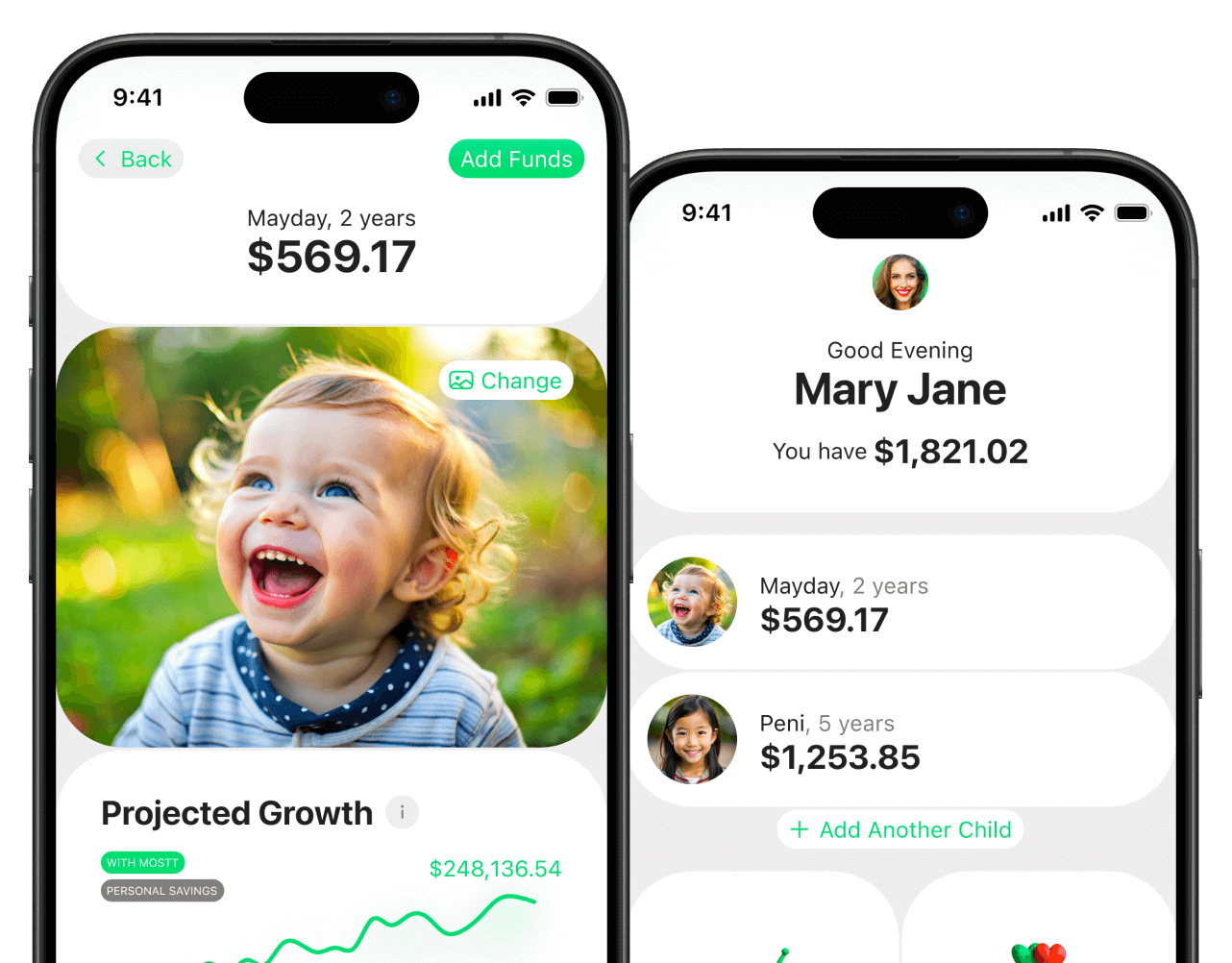Imagine planting a tree in your backyard. On day one, the dirt looks freshly turned, but there’s no shade, no fruit, no birds perched on the branches. A week later, it looks the same. A month later, still no difference. But year after year, with steady watering, sunlight, and time, that little sapling grows into something strong, sturdy, and life-giving.
That’s exactly how long-term investing works. It’s rarely exciting in the moment, but given enough time, it can grow into something that provides stability, freedom, and opportunities for your family. The problem? Most people give up too soon because the market feels uncertain.
Let’s break down why patience is your greatest asset when investing, even when the headlines scream otherwise.
Uncertainty Isn’t a Bug of the Market, It’s a Feature
If you’ve watched the news lately, you know the financial world always has its ups and downs. One day, the market soars. The next, it tumbles. But here’s the truth: volatility is not a sign that something’s broken. It’s actually a normal, expected part of investing.
Think of it this way: if the stock market went up in a straight line, everyone would pile in, and there would be no reward for taking the risk. The ups and downs are what make investing in stocks profitable over the long haul. The short-term noise like political elections, wars, natural disasters, and inflation fears can create short-lived dips, but those are part of the process, not proof that the system is failing.
Every dip you see in the market is like a gust of wind shaking that young tree. At first it feels scary, but over time it strengthens the roots. Historically, the market has always recovered from downturns, wars, recessions, pandemics, you name it. In fact, according to Morningstar, the average annual return of the S&P 500 over the last 50 years is around 10%. That’s despite multiple crashes, oil shocks, the dot-com bubble, and the 2008 financial crisis.
The lesson? If you stay invested long enough, you benefit from the recoveries. The short-term storms will pass, but the long-term growth continues.
The Real Secret: Compound Growth
Albert Einstein once called compound interest the “eighth wonder of the world.” It’s the simple idea that money makes money, and then that money makes more money.
Here’s why it’s so powerful: when you invest, the returns you earn don’t just sit there. They start earning returns too. Over time, this creates an exponential growth curve.
For example:
-
If you invest $200 a month starting when your child is born, and your investments earn an average of 7% annually, by the time they turn 18, you’d have over $77,000 saved.
-
Wait just two more years, until they’re 20, and that balance grows to nearly $100,000, all without adding more money. That’s an extra $23,000 just for being patient.
This is why starting early and staying invested is so critical. The earlier you begin, the more time your money has to compound. And the longer you hold on, the more dramatic the snowball effect becomes.
Compound growth doesn’t care about daily headlines or short-term fear. It rewards consistency and time. Families who understand this principle are the ones who create wealth that lasts generations. You can explore more examples of compounding with Investopedia’s guide on compound interest.
Fear Leads to Costly Mistakes
When markets get choppy, the natural temptation is to “play it safe” and pull your money out. But that’s usually when investors lose the most.
Research from Dalbar shows that the average investor consistently underperforms the market because they jump in and out based on emotion. They sell when things look scary, then buy back in when it feels safe, usually after missing the rebound.
Consider this: if you had invested $10,000 in the S&P 500 in 2003 and left it alone for 20 years, you’d have about $64,000 by 2023. But if you missed just the 10 best days in the market during that period, your return would drop to about $29,000. Missing the 20 best days? You’d end up with just $18,000.
The winners aren’t the ones who can predict every market turn. They’re the ones who stay calm, stay invested, and trust the process.
Patience means resisting the urge to make emotional moves when fear kicks in. It’s reminding yourself that the market has always recovered, and you don’t want to miss the rebound. FINRA offers excellent investor resources on avoiding emotional mistakes.
What Long-Term Investing Really Gives You
It’s easy to think about investing only in terms of dollars and cents, but the payoff is much bigger than that.
-
Peace of Mind: When you’re investing for the long term, you don’t have to stress about timing the market or chasing quick wins. You know your plan is designed to weather the storms and keep growing.
-
Opportunities for Your Kids: Long-term investing gives you the ability to fund college tuition, help with a first car, or provide seed money for a business. It’s about equipping your kids with options, not limitations. The U.S. Securities and Exchange Commission highlights the importance of starting early to take advantage of these opportunities.
-
Freedom for You: Staying the course today means financial choices, not financial stress, tomorrow. Maybe it’s retiring earlier, traveling more, or simply not living paycheck to paycheck.
These aren’t just numbers on a screen. They’re about creating the kind of life you want for your family, a life with security, flexibility, and opportunity.
A Simple Way to Stay Patient
You don’t need to be a financial expert to invest well. You just need a plan that keeps you consistent, especially when the market feels uncertain.
Here are three habits that can help:
-
Automate Your Contributions
Set it and forget it. Regular deposits keep your strategy on track no matter what the headlines say. Automation also removes the temptation to “wait until the market feels better” before investing, which often means missing out on growth. -
Think in Decades, Not Days
When you feel nervous, zoom out. Look at a 30-year chart of the stock market, and you’ll notice something: the dips look tiny compared to the overall upward trend. Ten years from now, today’s dip will just be a blip on the chart. CNBC has helpful insights on how long-term investing outpaces short-term trading. -
Remember Your Why
You’re not investing for Wall Street. You’re investing for your family’s future, for college, for stability, for a legacy. When you remember that “why,” the daily market noise loses its power over you.
The Bottom Line
The market will always feel uncertain. That’s the nature of it. But uncertainty doesn’t have to be your enemy, it can be your greatest ally if you let time and patience do the heavy lifting.
Just like a tree that grows tall and strong with steady care, your investments have the potential to create a foundation of stability and opportunity for your family. You don’t have to predict the future. You just have to stay the course.
Patience isn’t passive, it’s powerful. And when it comes to investing, it’s the secret ingredient that helps long-term thinkers win.




